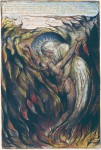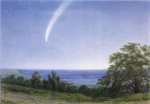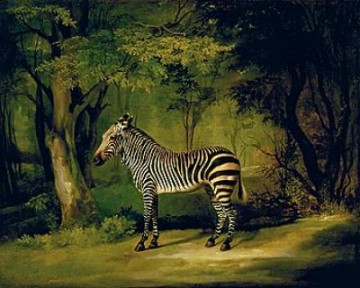
An acquaintance (whose accent locates him in the mid-atlantic, but whose prejudices are decidedly continental) once said to me that 'nothing of world class is ever produced by British artists'.
We were on the steps of the Royal Academy at the time. One collector who would certainly have disagreed was Paul Mellon (1907-99) the pick of whose Yale Center for British Art is on tour to the RA until January 27, 2008.
Mellon got his money from his father, the third richest man in America, and his taste for British art from spending his earliest days in England. Christened in St George's Chapel, Windsor and educated at Cambridge, he bought his first major painting, Stubbs' 'Zebra' in 1960 for £20,000. So unfashionable was painting of Stubbs' era that it was sold in a bric à brac sale by Harrods.
This astonishing portrait of 'the queen's she-ass' pictures it in a pool of golden light in a lush imagined forest. The creature, newly arrived at Queen Charlotte's menagerie from South Africa, has the look of a miraculous mythical beast. St Eustace might appear at any moment.
Mellon's collecting was intuitive. He mistrusted art historical analysis and bought because a picture appealed, not because its narrative impressed. In a decade or so he assembled (and subsequently gave away) a collection that is a roll call of the greats of British art: Hilliard, Hogarth, Reynolds, Gainsborough, Turner, Constable, Blake, Wright of Derby, Landseer, Palmer, Zoffany and Dadd. All are magnificently represented in the RA show. In addition there are superb topographical artists like Paul Sandby, caricaturists like Rowlandson and names new to me like John 'Warwick' Smith (1749-1831), John Robert Cozens (1752-97) and William Turner of Oxford (1789-1862) whose 'Donati's Comet' is a surreal night-time view almost reminiscent of Magritte.
The star of the show is Turner's vast, dazzling 'Dort Packet Boat' (1818), described then as 'one of the most magnificent paintings ever exhibited'. Turner's mastery of light is triumphant.
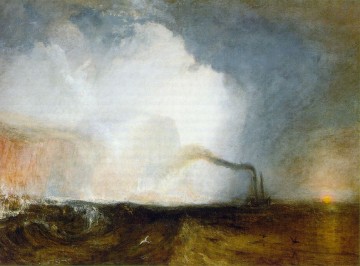
Two smaller Turners are almost as stunning. 'Staffa, Fingal's Cave' (1832) was completed the same year as Mendelssohn's work. A grubby little steamer pitches in a storm beneath the sunlit splendour of Staffa's cliffs.
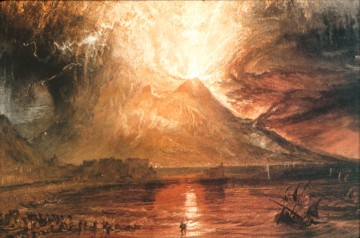 In his 'Eruption of Vesuvius', minute figures are panic-stricken on the shore, powerless against the great red fury of the volcano.
In his 'Eruption of Vesuvius', minute figures are panic-stricken on the shore, powerless against the great red fury of the volcano.
Constable's 'Hadleigh Castle' (1829) is another blockbuster. From not very close up at all the 6 foot wide painting disintegrates into fractured, glittering brushwork. Constable's angry grief at his wife's death is painfully visible.
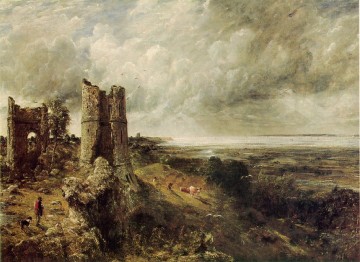
Mellon was not only a great collector of paintings – he was also one of the greatest book-collectors of the twentieth century. Works on show include Caxton's Canterbury Tales (perfect presswork, even at the very beginning of printing in England); the magnificent Kelmscott Press Works of Chaucer; and the only hand-coloured edition of Blake's gorgeous Jerusalem. In plate 99 an androgynous Jerusalem is clasped by Jehovah 'awaking into his bosom in the life of Immortality'.
Save for Burne Jones' collaboration with Morris, Mellon avoided artists associated with high Victorian excess. There's no sickly sentimentality here. Mellon's intuition was razor sharp - they may be unfashionable, but these are works of superb quality and refinement, in huge contrast to the masochistic indulgence of the Baselitzes on show on the floor below.
